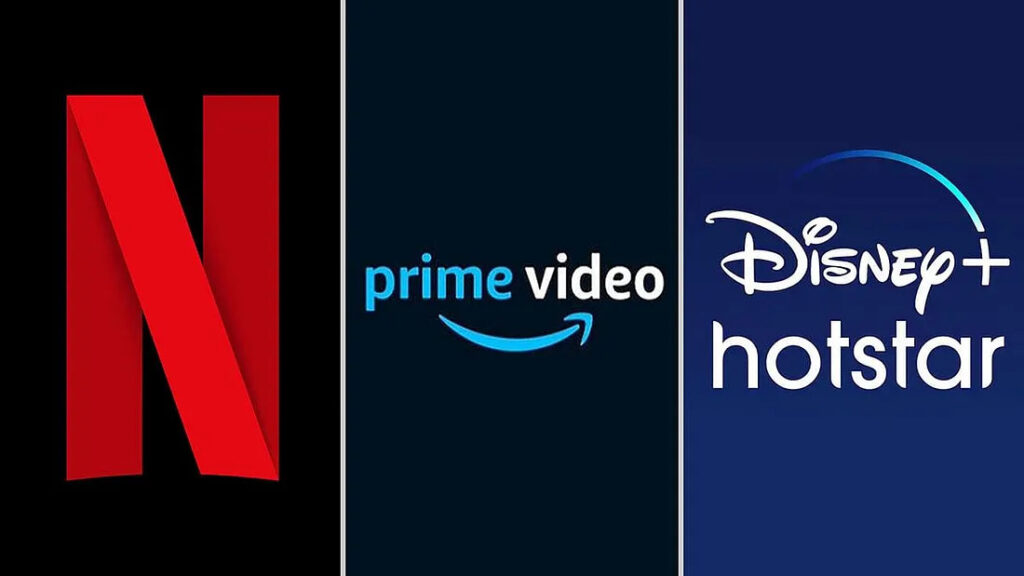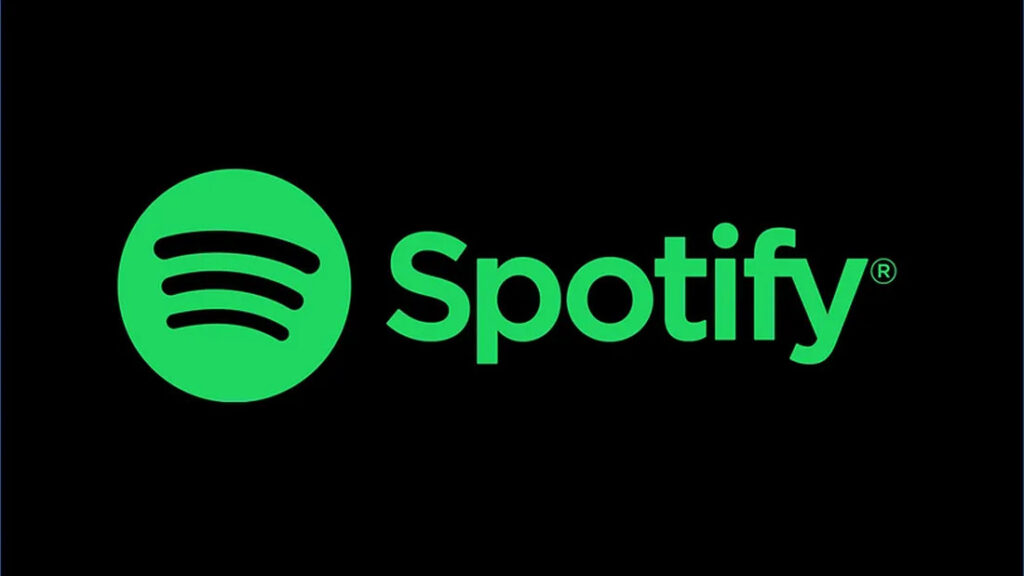Isn’t it amazing that we can now watch a series without having to endure TV commercials? Or how straightforward it is to find the ideal vacation rental by exploring Airbnb’s website? UX makes this all possible.
This article explains how UX is revolutionizing the entertainment business as we know it.
How is UX impacting the entertainment industry?
UX focuses on understanding user behavior, needs, and preferences. By applying UX principles to entertainment platforms, designers can create engaging experiences that captivate and retain users.
1. Enhanced User Engagement

In the past, entertainment experiences were primarily designed based on assumptions and limited feedback from users. There was less emphasis on understanding user needs and preferences. While now UX in the entertainment industry is heavily user-centric. Extensive user research, testing, and data analysis are conducted to gain insights into user behavior, preferences, and expectations. The focus is on delivering tailored experiences that cater to individual users.
Netflix is a prime example of a platform that leverages UX to enhance user engagement. Its recommendation system analyzes user viewing history, ratings, and interactions to provide personalized content suggestions.
2. Seamless multi-platform experiences
UX plays a crucial role in ensuring consistent and seamless experiences across different screens and interfaces. Whether it’s streaming services, video games, or virtual reality experiences, UX design ensures that users can access and enjoy entertainment content seamlessly across various devices, maintaining continuity and enhancing convenience.
earlier movies and TV shows were primarily consumed through televisions, limiting the viewing experience to a single platform.
Now

with OTT platforms like Disney+, viewers can seamlessly switch between devices such as smartphones, tablets, and smart TVs while continuing to watch their favorite content without interruptions. This multi-platform accessibility provides users with more flexibility and convenience.
3. Personalization
By leveraging user data and preferences platforms like Netflix, Disney+, Ganna, Spotify analyze user profiles and behavior to provide tailored content suggestions. These algorithms leverage machine learning techniques to identify patterns, similarities, and correlations between users with similar preferences. The algorithms consider factors like previous viewing history, ratings, genre preferences, and user interactions to generate personalized recommendations.

Like Spotify leverage user data and listening habits to provide personalized playlists and recommendations. The “Discover Weekly” playlist is a prime example of how Spotify uses personalization algorithms to curate a unique selection of songs tailored to each user’s taste.
Netflix tests different thumbnails for each show or movie to gauge user preferences. The thumbnail displayed for a particular title may vary based on the user’s past interactions and preferences. By selecting the most appealing thumbnail for each user, Netflix increases the likelihood of engagement.
Conclusions
These examples highlight how UX in the entertainment industry has evolved to become more user-centric, technologically advanced, personalized, accessible, socially interactive, and continuously improved, leading to enhanced entertainment experiences for users. And it would be really fascinating to think about what the future holds in terms of UX for the entertainment industry.
Thanks for reading the blog! We hope you find it valuable and easy to understand. To learn more about our projects, visit our projects page.
